-14 cm
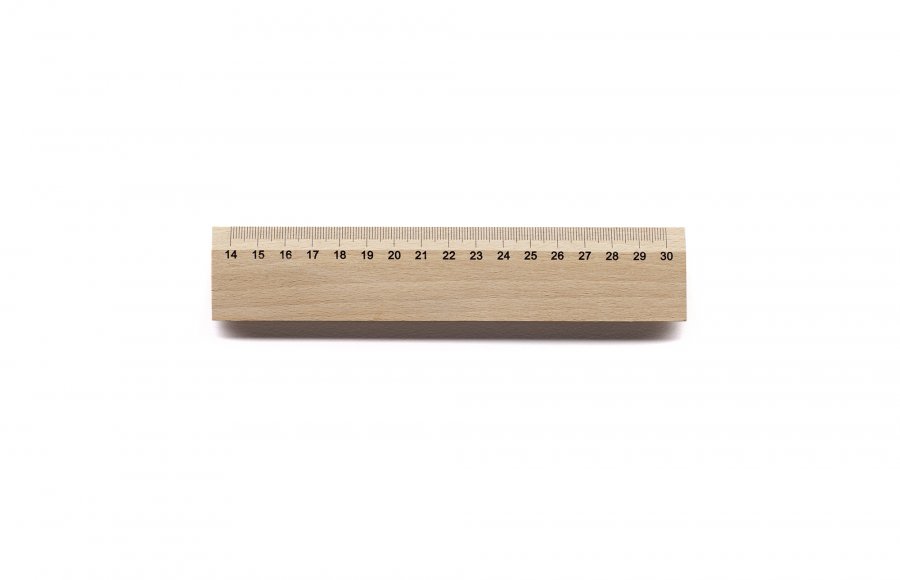
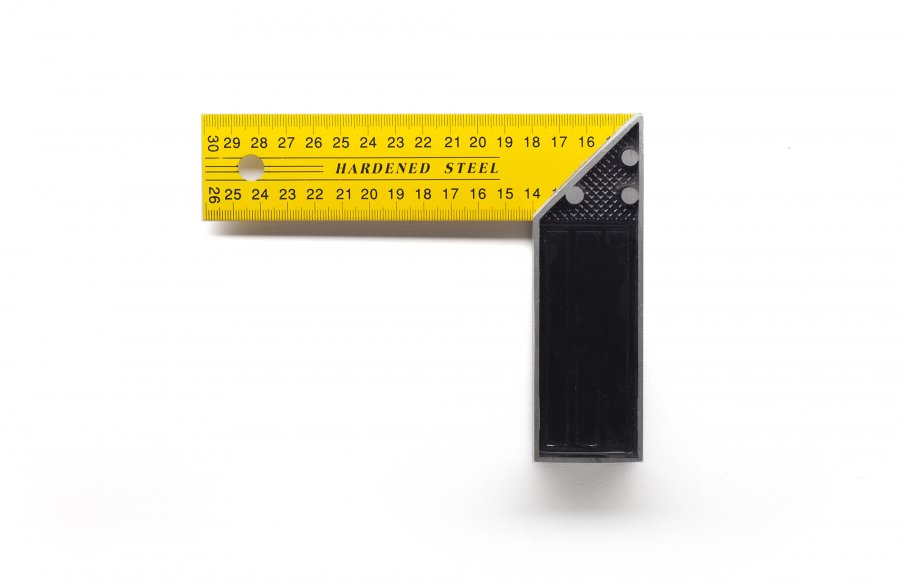
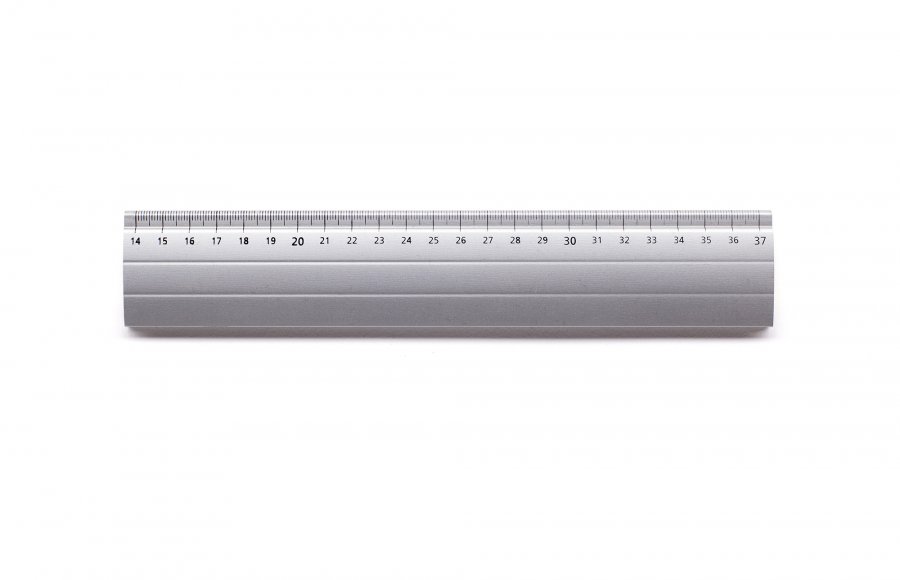
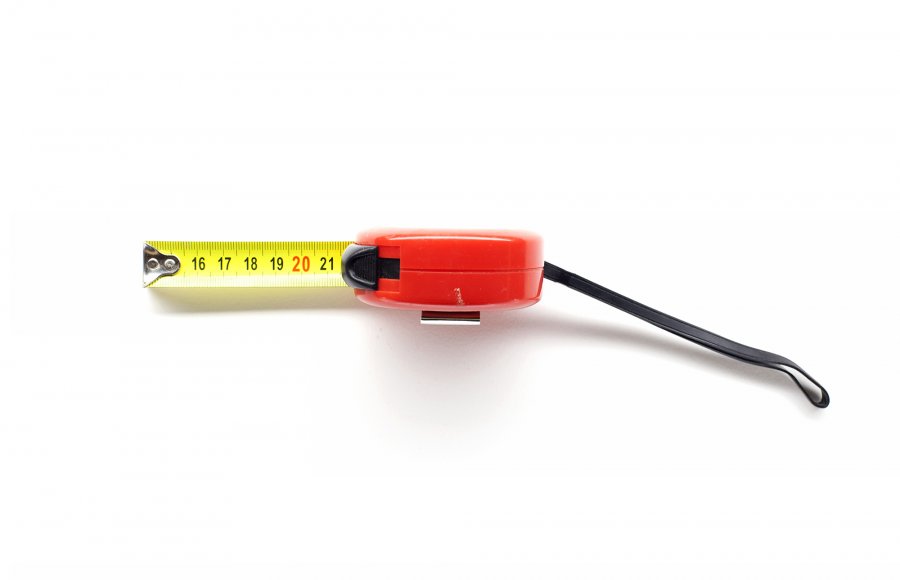
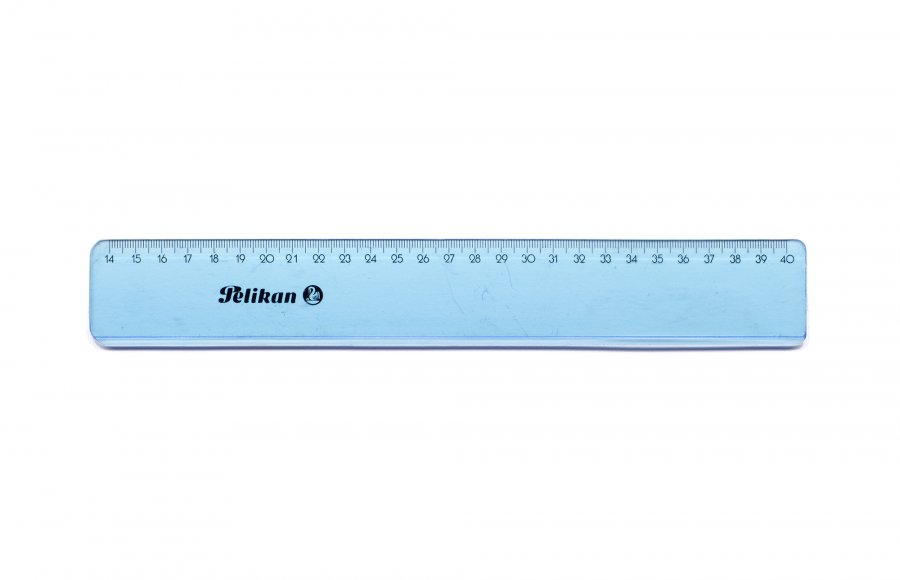
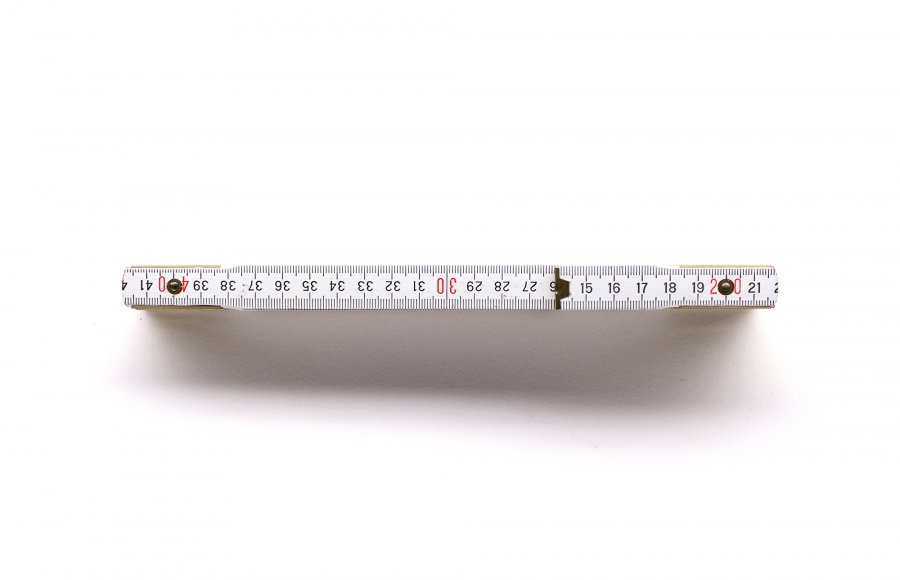
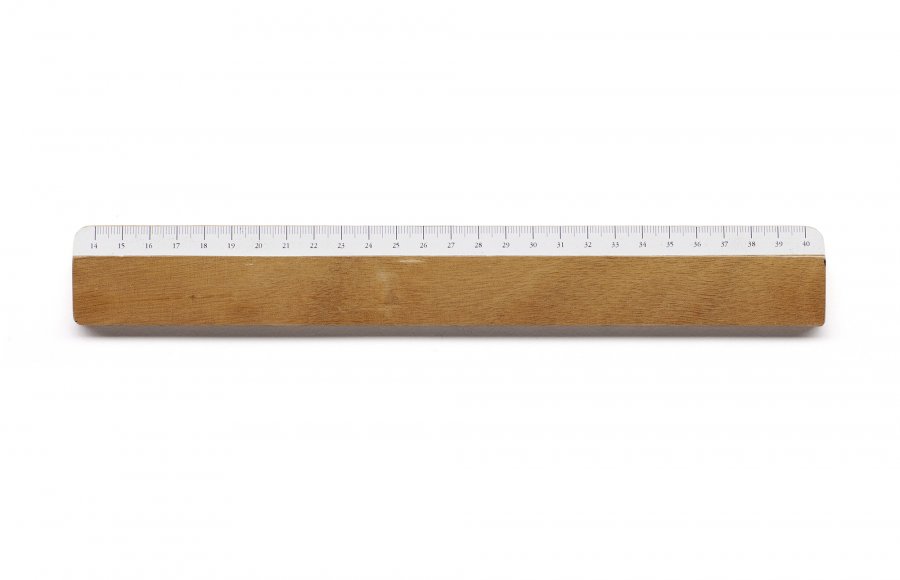
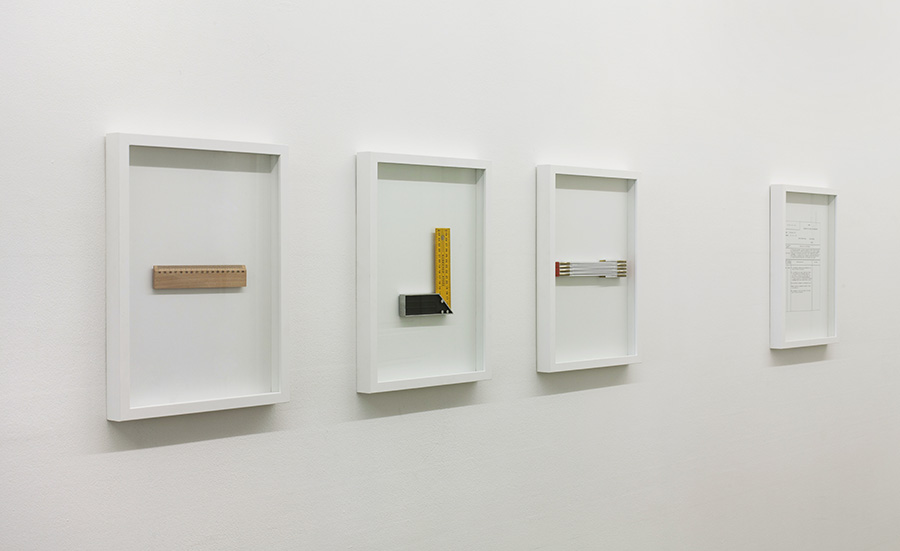
A travers un objet mystérieux, laconique et austère, est proposée une médiatisation d’un événement tragique.
En 1912, l’inventeur franco-autrichien François Reichelt, tailleur pour dames de son métier, travaille sur la mise au point d’un nouveau type de costume-parachute. Souhaitant le mettre à l’épreuve, il saute du haut des 57 mètres du premier étage de la tour Eiffel. Suite à un dysfonctionnement de son appareillage, Reichelt tombe en chute libre, s’écrasant instantanément sur les pelouses du Champ de Mars. Le choc violent laisse dans le sol gelé un enfoncement d’une profondeur de 14 cm. Les quotidiens du lendemain en font leur une, avec photos de la “tragique expérience”.
Le vide laissé par les 14 cm dans la partie gauche des règles propose une réduction tangible du vertige vécu par Reichelt. Cet objet-épitaphe qui établit une nouvelle échelle de mesure, devient témoin et étalon du profond désir d’explorer les limites inflexibles des lois scientifiques et de leur application pratique. Comme tout instrument de mesure, il porte en soi la relativité des conventions et, par le choix de leur abandon volontaire, son intérêt scientifique cède la place à la mesure de la valeur subjective et humaine occultée par la rigoureuse neutralité des sciences.
Through a mysterious, laconic and austere object, the work proposes a mediation of a tragic event.
In 1912, the Franco-Austrian inventor François Reichelt, a ladies’ tailor by trade, was working on the devel- opment of a new type of parachute-suit. Keen to put it to the test, he jumped off the first level of the Eiffel Tower, 57 metres [187 feet] up. His equipment failed to work, and Reichelt went into free fall, and was instantly crushed on the lawns of the Champ de Mars. The violent impact left a depression 14 cm [5 in] deep in the frozen ground. The event made the headlines in the following day’s newspapers, complete with photos of the “tragic experiment”.
The hollow left by the 14 centimetres in the left part of the rules offers a tangible reduction of the vertigo experienced by Reichelt. This epitaph object establish- ing a new scale of measurement becomes a witness and standard of the deep-seated desire to explore the inflexible boundaries of scientific laws and their practical application. Like any measuring instrument, it carries within it the relativity of conventions and, through the choice of their deliberate abandonment, its scientific interest gives way to the measurement of the subjective and human value lurking behind the strict neutrality of the sciences.
Installation, 2012
Règles modifiées
Dimensions et présentation variables







